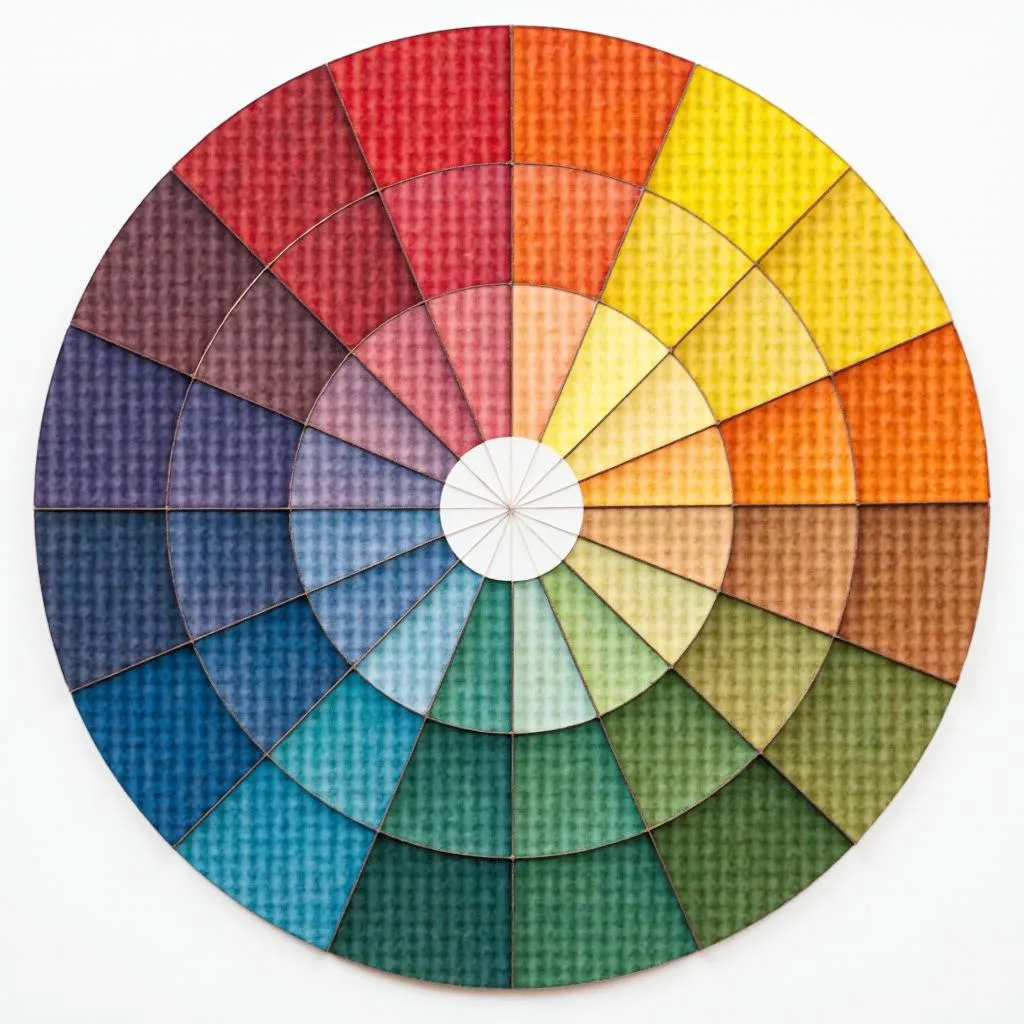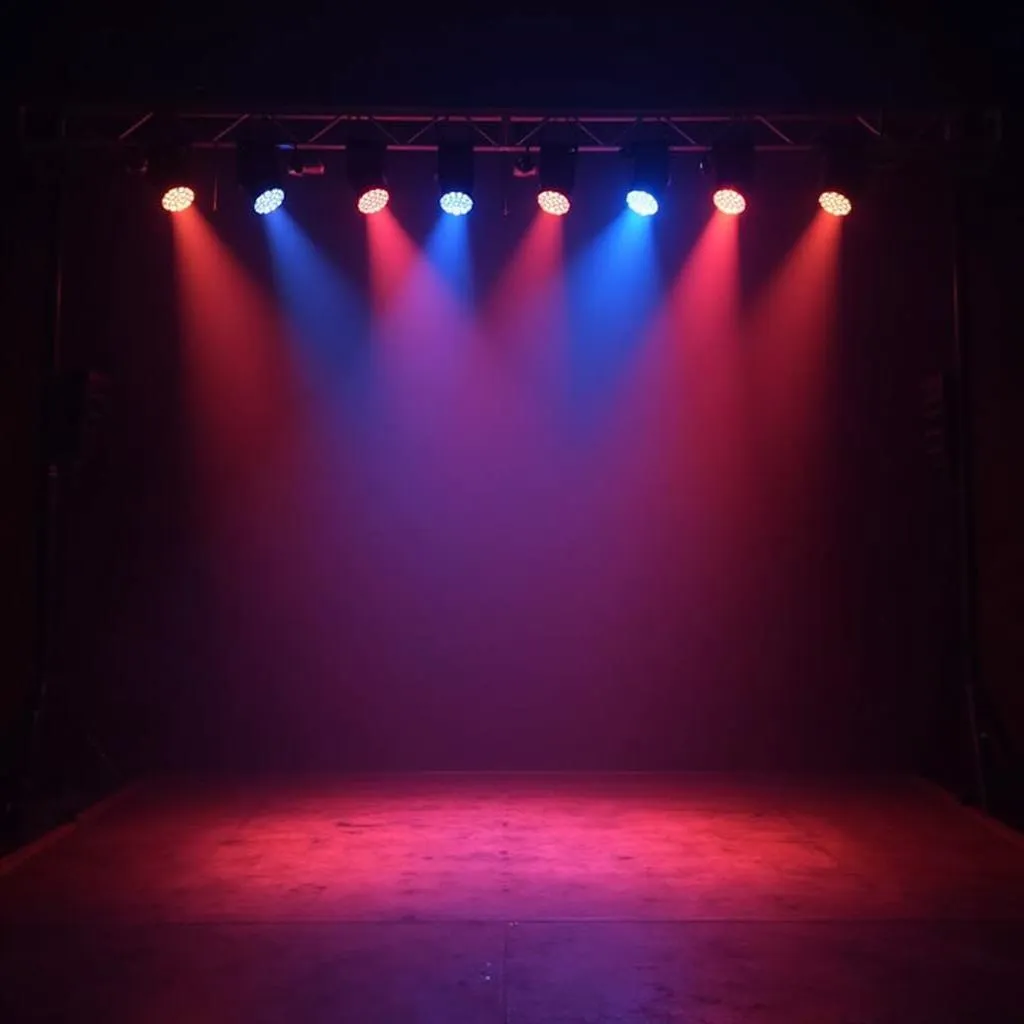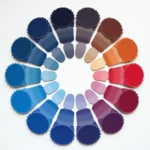A captivating stage presence draws your audience in, and nothing accomplishes that better than a strategic use of color. Whether you’re setting the scene for a dramatic play, a lively musical performance, or an impactful business presentation, color can be your secret weapon. It has the power to evoke emotion, highlight key elements, and create a lasting impression. This guide delves into the art of using color effectively to design a stage that truly pops.
 Color Wheel for Stage Design
Color Wheel for Stage Design
Understanding the Psychology of Color
Before diving into specific color choices, it’s important to grasp how different colors impact our emotions and perceptions:
- Warm Colors: Reds, oranges, and yellows are energetic and stimulating. They tend to advance towards the audience, making objects appear closer and larger.
- Cool Colors: Blues, greens, and purples evoke a sense of calmness and tranquility. They recede from the audience, making objects seem smaller or further away.
- Neutral Colors: Black, white, gray, and brown provide a grounding balance and can be used to create contrast or highlight other colors.
Choosing Your Color Palette
The key to an effective color scheme lies in selecting colors that complement each other and support the overall message or mood you want to convey. Here are a few popular approaches:
- Complementary Colors: These are colors that sit opposite each other on the color wheel (e.g., blue and orange, red and green). They create a vibrant contrast and visual impact.
- Analogous Colors: These colors sit next to each other on the color wheel (e.g., blue, blue-green, green). They create a sense of harmony and visual flow.
- Monochromatic Colors: This approach utilizes different shades and tints of a single color (e.g., light blue, sky blue, navy blue). It creates a sophisticated and cohesive look.
 Stage Lighting Design with Different Colors
Stage Lighting Design with Different Colors
Lighting: Painting with Light
Lighting is an indispensable tool for manipulating color on stage. By strategically using colored gels, filters, and lighting techniques, you can drastically alter the appearance of your set and costumes:
- Color Wash: Bathing the stage in a single color can set a specific mood or time of day.
- Uplighting: Illuminating a set piece or backdrop from below can create dramatic shadows and add dimension.
- Sidelighting: Lighting from the side can accentuate textures and create a sense of depth.
Costumes and Props: Adding Layers of Color
Costumes and props provide further opportunities to infuse your stage with color. Consider these strategies:
- Character Representation: Use color to symbolize character traits (e.g., red for passion, blue for trustworthiness).
- Historical Accuracy: Research the color palettes common to specific historical periods for authentic set and costume design.
- Symbolic Meanings: Explore the cultural and symbolic interpretations of colors to add layers of meaning to your production.
Conclusion
Creating a visually stunning stage is about more than just picking your favorite colors. By understanding the psychology of color, strategically choosing your palette, and utilizing lighting and design elements effectively, you can transform your stage into a dynamic and unforgettable experience for your audience. Remember, color is a powerful tool – use it wisely and watch your stage come alive!
